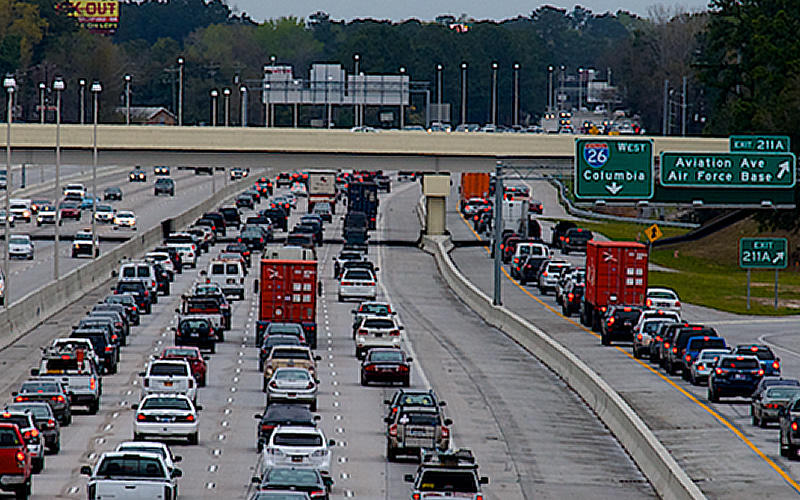
By Natalie Olson, special to Charleston Currents | On Election Day, Charleston County residents voted to approve the proposed half-cent sales tax increase.

Olson
Leading up to the election, the Coastal Conservation League opposed this referendum because it lacks adequate safeguards to ensure that accountability and transparency are at the forefront of spending our tax dollars. There is no guarantee that the $2.1 billion generated by this tax increase over the next 25 years will indeed go towards high priority transportation projects aimed at relieving congestion and improving the quality of life for all residents throughout the county.
As we saw at the ballot box, County Council chose to keep the referendum language vague, requesting general approval for a sales tax increase “financing the costs of highways, roads, streets, bridges and other transportation-related projects facilities related thereto, and mass transit systems…” as well as “financing the costs of greenbelts.” This vague list of projects is why we opposed the tax increase. We can, however, demand specificity going forward.
The debate and public involvement leading up to Election Day gives us hope that we can make this ambiguous list work for the region, and we are committed to a beneficial outcome for the sales tax program.
Over the past few months in press conferences, news articles and personal statements, our elected officials publicly pledged to fund true regional priorities like public transportation, bus rapid transit, a flyover at Main Road and U.S. Highway 17, and needed corridor improvements along Savannah Highway and Folly Road – regardless of whether the referendum requires them to fund these projects or not.
Given regional growth, particularly along Interstate 26, there is a need now more than ever for a public transportation alternative for commuters. A bus rapid transit line along I-26 is projected to take thousands of the 160,000 cars per day off the congested freeway and ease gridlock along our region’s most important corridor.

Congestion at Main Road and U.S. Highway 17
In the wake of Hurricane Matthew and one year after the floods in 2015, it remains clear that the flyover at Main Road and U.S. 17 is a top priority for the safety of the sea islanders. With funding now in place via the half cent, this project will ease the daily bottleneck that currently exists at Main Road and U.S. 17 and provide a safe hurricane evacuation route if needed.
Looking ahead, if executed properly and honestly, this sales tax program can provide transportation and conservation benefits to all residents of the Charleston region. But this won’t happen automatically, so we all must remain vigilant.
The projects identified by council include many of Charleston’s top priorities, including the ones mentioned above. But this list can change with a simple 5-4 vote by Council. If five members of Council decide that a different project should be funded instead of say, the flyover at Main Road and U.S. 17 or bus rapid transit or even funding CARTA operations, they can do so at any time.
Citizens of the Lowcountry must commit to being watchdogs to make sure this money is allocated to the promised projects.
Over the coming months and years, we urge all Charleston County residents to join us in holding County Council accountable to their promises. Attend County Council meetings and speak during public comment or contact your representative directly to show them you are paying attention. The $2.1 billion the half-cent sales tax will raise over the next quarter century is our money and is meant to improve our quality of life. We cannot let it be wasted on anything other than our region’s true priorities.
Natalie Olson is the Land Use Program Director and Staff Attorney for the Coastal Conservation League. Have a comment? Send to: editor@charlestoncurrents.com



 We Can Do Better, South Carolina!
We Can Do Better, South Carolina!

























3 Comments